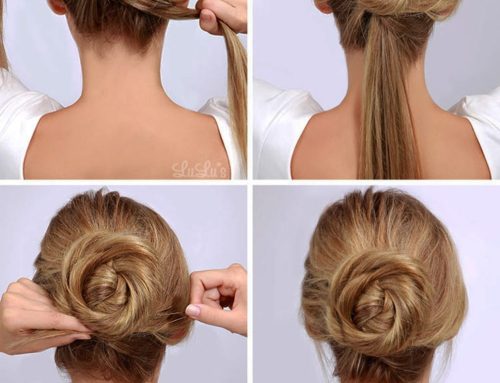Wigs, they’re quite familiar to everyone. Yet, most folks only gather a rough understanding from bits and pieces online.
For instance: real hair might trump synthetic, wigs come in a plethora of colors, they appear more authentic than hats, and of course, there are some side effects associated with wigs, and so on.

However, these insights barely scratch the surface. Many truths about wigs only reveal themselves once you’ve actually worn one.
The real value of wigs lies mainly in their craftsmanship. Why do some wigs cost a few bucks while others demand thousands from you?
Sure, there might be discrepancies in materials used, but these differences don’t usually translate to significant price gaps. The substantial price variance mostly boils down to craftsmanship.
As they say, you get what you pay for. Machine-made wigs are naturally cheaper, but the finished product tends to be rather coarse.
On the flip side, handcrafted wigs fetch a higher price because they’re meticulously crocheted strand by strand by skilled artisans. Crafting a single wig might take a month or two, while smaller pieces could be completed within a week. Yet, the end products are undeniably exquisite.
For those who only plan on occasional wear, opting for a cheaper option might suffice. However, for prolonged use, it’s best to invest in quality wigs.

There’s no perfect wig. The market offers a plethora of wig styles, yet after trying out numerous designs, you’ll realize each wig has its own pros and cons. There’s no one-size-fits-all solution when it comes to wigs.
Hence, before making a purchase, it’s wise to prioritize your needs: realism, comfort, breathability, durability, etc. Place your most crucial requirements at the forefront, then sift through the options to find the perfect match.
Wig lifespan is limited, care is crucial. Just like clothes, wigs undergo wear and tear during usage.
Therefore, after a while, regardless of how high-quality your wig is, you’ll notice gradual fading, loss of sheen, and hair shedding. After all, the hair on wigs can’t replenish itself from our bodies.
Later maintenance relies on products like conditioners, hair oils, etc., to compensate for the lost nutrients. However, the effectiveness of these products is limited.
As time passes, the wig will inevitably lose its luster, albeit at a slower pace. Naturally, the higher the quality of the wig, the slower the fading and shedding.
Hence, while some wigs may only last a few months, others from reputable sellers might endure for a year or two.
Wigs come in all sizes. For those unfamiliar with wigs, they might picture them solely as full caps.
However, upon closer inspection, you’ll realize wigs come in various sizes and shapes. If your hairline is receding, you can opt for partial wigs to cover the affected area. Similarly, for wider partings, there are wigs designed to cover only the top of the head. For bald patches, there are specific pieces tailored to those dimensions. Even for extensive balding, there are wigs of corresponding size.
In essence, modern wigs cater to specific needs. Depending on where you need coverage, desired hairstyle, budget, frequency of use, etc., you can find a suitable product.
Indeed, they can make you look better. Hairstyle significantly impacts one’s appearance.
Thinning hair, bald spots, or hair loss can add years to one’s appearance. However, wearing a wig can transform your look entirely. After all, who doesn’t like feeling handsome or beautiful?
This is a major reason why many individuals are reluctant to part with their wigs once they’ve experienced the enhancement they provide.
In conclusion, understanding wigs solely from others’ accounts is far too limited. After all, there are a thousand Hamlets in a thousand people’s eyes.
Everyone’s perception of wigs varies. Only through personal experience can one uncover the intricacies of wearing wigs.
So, what are some things you’ve learned only after wearing a wig?




